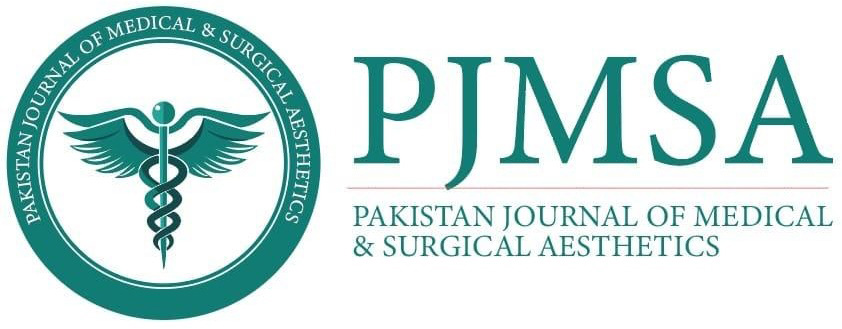Efficay of 308-mm Excimer Laser in patients with alopecia areata
Keywords:
Alopecia areata, Excimer laser, Severity of Alopecia Tool, EffectivenessAbstract
Objective: Alopecia areata (AA) is characterized by patchy non-scarring hair loss involving the scalp and other hair-bearing surfaces. This study aims to determine the effectiveness of 308-nm Excimer laser in patients with alopecia areata.
Methods: A total of 168 patients with alopecia areata (within 12 months) were included in the study in a consecutive manner and subjected to 308-nm Excimer laser. Baseline and follow up Severity of Alopecia Tool (SALT) scoring was done to determine the effectiveness of the therapy.
Results: The mean baseline SALT score was 26.4±13.3 which increased to 75.6±12.7 (p <0.001). The mean difference between baseline and follow up SALT score was 49.2±12.7. According to categories of difference between baseline and follow up SALT scoring, 41.7% were in fair category (11-50) and 58.3% were in excellent category (SALT 51-74). Effectiveness (minimum 50 improvements in SALT from baseline) was recorded in 58.3% of patients. Erythema was the only side-effect noted in our study.
Conclusion: 308-nm Excimer laser is effective in the treatment of alopecia areata and is significantly associated with improvement in baseline SALT score.
Downloads
Published
Issue
Section
License
Copyright (c) 2025 Irfan Ullah Afridi, Mehran Khan, Sehrish, Mah Rukh, Sarbjeet Singh (Author)

This work is licensed under a Creative Commons Attribution 4.0 International License.
Submission declaration
Authors retain the copyright to their work and grant the 'Pakistan Journal of Medical and Surgical Aesthetics (PJMSA)' the right of first publication under a Creative Commons Attribution 4.0 International (CC BY 4.0) license. This license allows others to share, adapt, and reuse the work for any purpose, including commercial use, as long as appropriate credit is given to the original authors and the journal.
By submitting a manuscript, authors confirm that the work has not been published previously (except as an abstract, lecture, or academic thesis), is not under review elsewhere, and has been approved by all authors and relevant authorities. Once accepted, the article will be openly accessible under the CC BY 4.0 license, ensuring wide dissemination and reuse with proper attribution.






